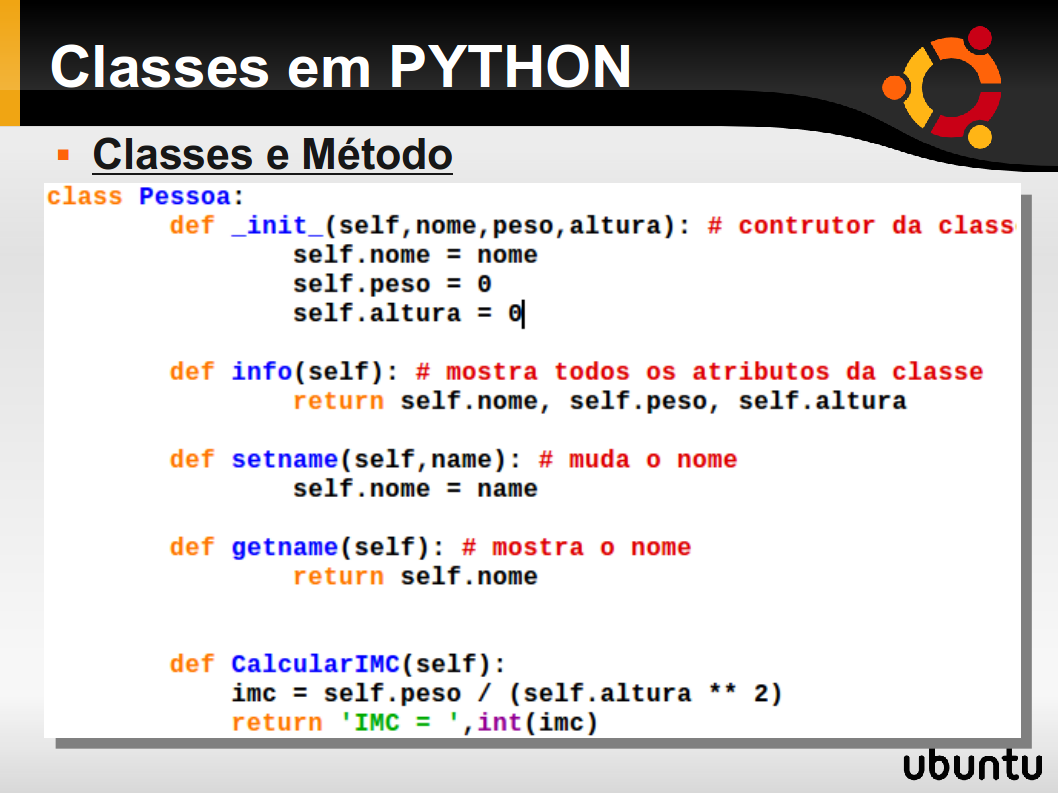

Return the name of the module in which the class is defined. Returns the class documentation string, if defined. Returns a dictionary of classes namespace. There are certain built-in class attributes in Python which can be accessed using a dot (.) operator. Use this process only to avoid the name clashes of variables as it has limited support.Īs you can see the private data member _color is not available outside the class. Note: This process of declaring the private variable is called mangling. > print (obj._color) #color is privateĪttributeError: 'car' object has no attribute '_color' > print (obj.company) #company is not private > obj = car('BMW','Black') #creating the object Let’s see what happens when we try to access the data members now. There we have defined the class with private variables as well. Self._color = color #making color private When we don’t make data members private, they can be accessed outside of class. This feature of OOP in which we can declare variables and class members as private and hide them making unavailable beyond the class is called data hiding.Ī data member can be made private in Python by using two leading underscores. The data members of a class can be declared as private so that they can only be accessed inside a class. Python will automatically include it when the function is called.ĭata hiding is also one of the core features of OOP. We do not need to pass self as argument while calling the function. When the function defined inside a class is invoked, self refers to the object of the class. It is included in a function as a first parameter. Well in every method inside a Python class, self is used as the reference to the object of the class.

The _init_function is automatically invoked when the object of the class is created.Īfter _init_ method is another function called display to print the car company and color as supplied to the function. This serves as the constructor for the class and as any function, it can take any number of arguments. _init_ method is used for the initialization of the data members. car._doc_.Īfter docstring is the _init_ method. The docstring can be accessed using class_ name._doc_ i.e. Let’s explain it in detail.įirst is class declaration followed by documentation string. These related data, variables, and functions are bound together in a class and this binding is called Encapsulation. Calling the class object produces a new instance, whatever reference. instance.class is just a reference to the class object, just like classobj Foo would create a reference to a class. Thats how you create an instance for a given class Foo, you create an instance by calling it, so Foo(). The definition of class in Python starts with the keyword class followed by the name of the class and colon (:).Īfter the declaration of the class is the body of the class which contains variables, data, and functions. Now, class objects are also callable objects.


 0 kommentar(er)
0 kommentar(er)
